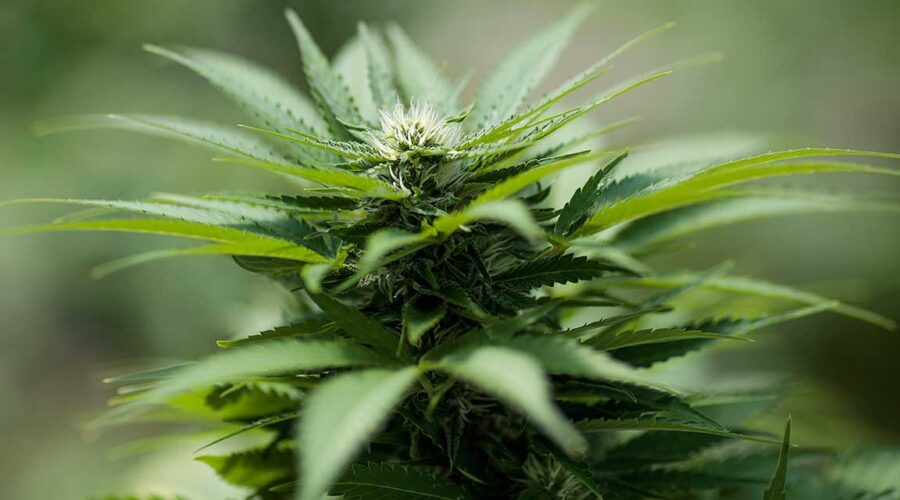Cannabis has long been the subject of debate, with opinions often divided between advocates and critics. As legalization expands across many parts of the world, separating myth from fact has become increasingly important. Scientific research is shedding light on what cannabis can – and cannot – do, offering a clearer picture for both policymakers and the public.
Myth 1: Cannabis Has No Medical Value
For decades, one of the most persistent myths has been that cannabis provides no therapeutic benefit. In reality, clinical studies have shown otherwise. The U.S. Food and Drug Administration (FDA) has approved cannabis-derived medications, such as Epidiolex, for treating rare forms of epilepsy. Research also suggests potential benefits for managing chronic pain, multiple sclerosis symptoms, and chemotherapy-related nausea. While not a cure-all, cannabis is demonstrating measurable medical value in controlled settings.
Myth 2: Cannabis Use Inevitably Leads to Harder Drugs
The so-called “gateway drug” theory suggests that cannabis use paves the way to more dangerous substances. However, scientific reviews have found limited evidence to support this claim. Most cannabis users do not transition to harder drugs. Instead, factors such as environment, social circles, and personal predispositions play larger roles in substance use patterns. The gateway theory, while still cited in some discussions, is not strongly supported by current data.
Myth 3: Cannabis Is Harmless Because It’s Natural
On the other end of the spectrum is the belief that cannabis carries no risks. While cannabis is indeed a plant-based substance, “natural” does not necessarily mean safe. Studies show that heavy or prolonged use can impair memory, attention, and cognitive function, particularly in adolescents whose brains are still developing. Additionally, inhaling smoke—whether from cannabis or tobacco—can irritate the lungs. Experts stress moderation and awareness of risks, especially for young people and those with underlying conditions.
Fact: Cannabis Affects Everyone Differently
Another key finding from research is that cannabis does not produce uniform effects. Dosage, method of consumption, and individual biology all play roles in how someone responds. For instance, the psychoactive compound THC may cause relaxation in one person but anxiety in another. Cannabidiol (CBD), another major compound, is non-intoxicating and often sought for its calming properties. Personalized responses highlight the importance of responsible use and informed decision-making.
The Bottom Line
As cannabis becomes more widely accessible, the conversation is shifting from stigma to science. Research confirms that cannabis has medical potential, contradicting the idea that it offers no value. At the same time, it is not without risks, challenging the belief that it is entirely harmless. Myths continue to cloud public understanding, but evidence-based studies are providing a clearer, more balanced picture.
For consumers and policymakers alike, the key takeaway is caution combined with curiosity. The science of cannabis is still evolving, and ongoing research will play a vital role in shaping how society approaches this complex and controversial plant.
